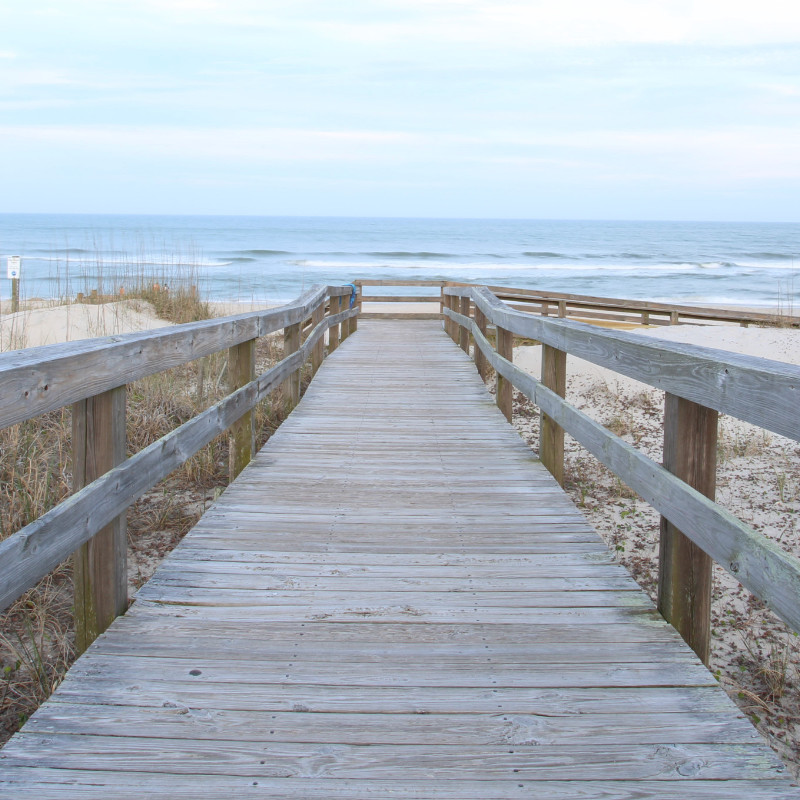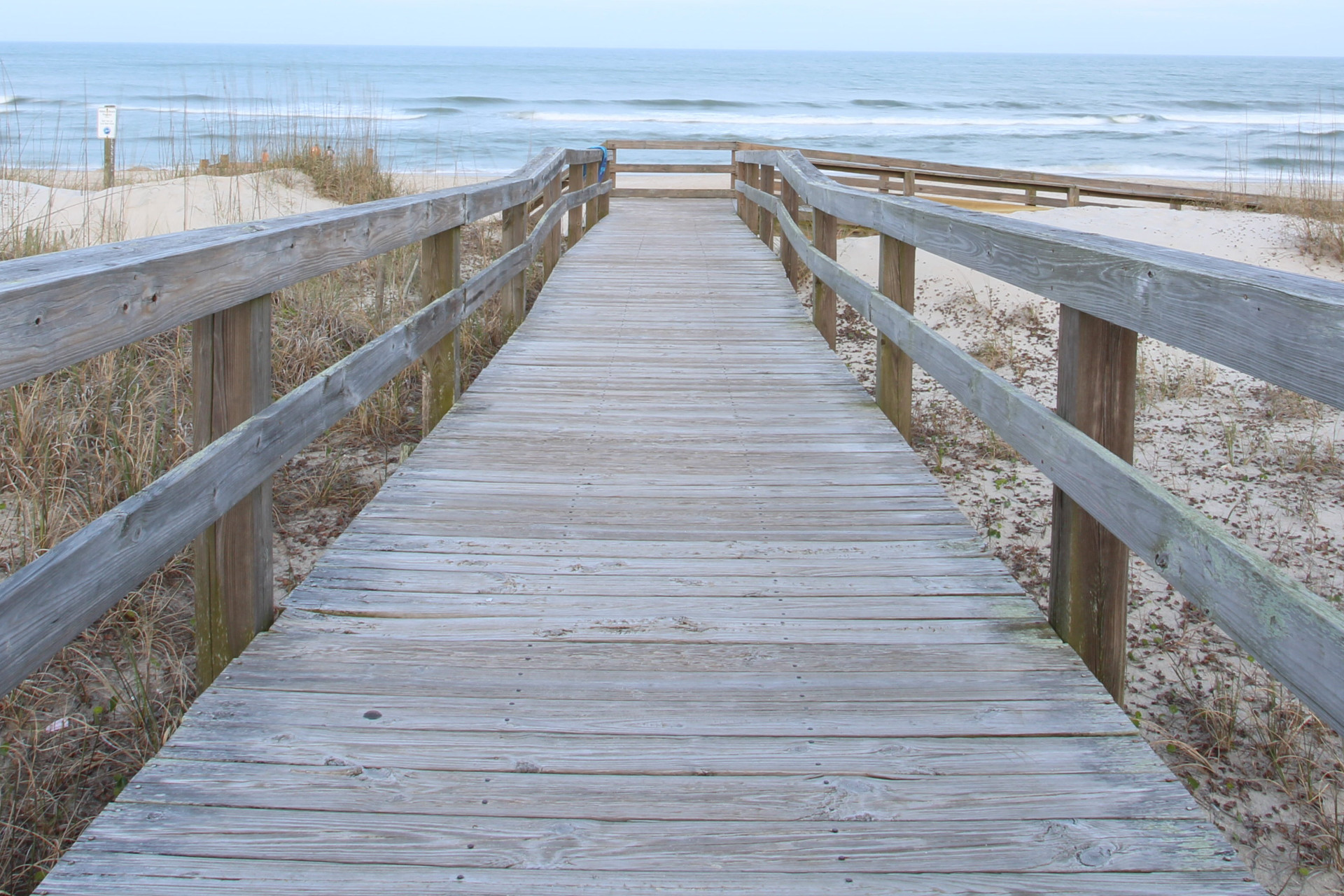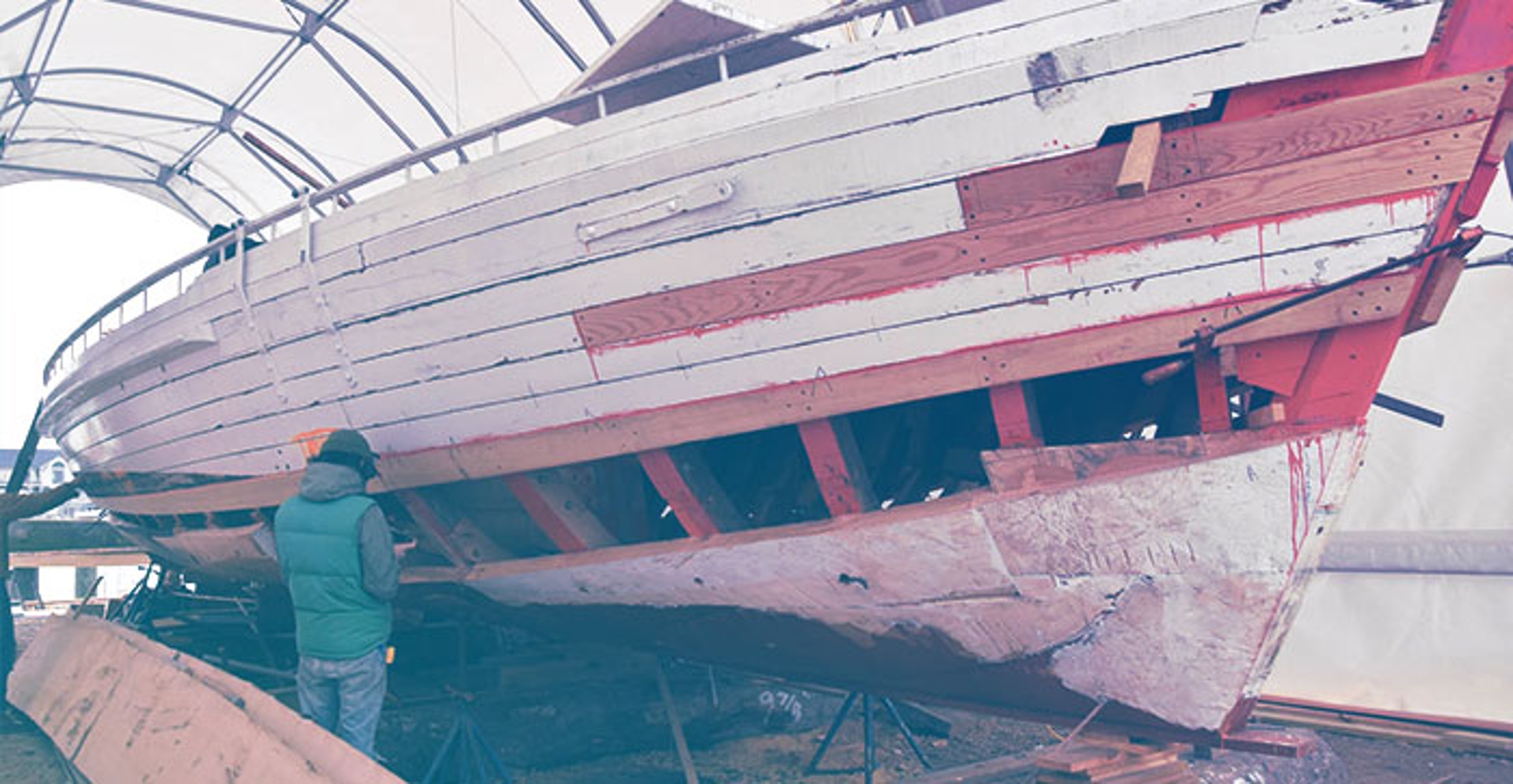9
Jan 2019
By Kathi Ferguson
Tales of Tilghman Island’s history are many, although they are not always told through a voice, photographs, or the written word. Often they are conveyed through the art of skillful preservation, and the iconic Chesapeake Bay bugeye, Edna E. Lockwood, is a perfect example.
Built on the Island by John B. Harrison and launched on October 5, 1889, this working wonder of a ship dredged for oysters through 78 winters while carrying freight, such as lumber, grain or produce from the Eastern Shore to Baltimore in the summer. It is said that the life expectancy of a working ship on the Bay is somewhere in the range of twenty years. Edna seems to have broken a record!
Edna was originally built for Harrison’s neighbor, Daniel W. Haddaway, at a cost of $2,200. Measuring in length at 54’, 8”, with a beam at just over 17 feet, her hull was made of yellow pine logs, indicating that Edna was designed at a time when sawn lumber was hard to get. Large trees were easily accessible, so boat builders used logs instead. Just as Native Americans formed their dugout canoes by carving out one log, the bugeye’s hull is distinctive in that it is constructed by hewing a set of logs to shape and pinning them together as a unit.
The Lockwood was the then 24 year old Harrison’s seventh bugeye of the 18 he would ultimately build. “Miss Edna” worked for at least seven sets of owners from 1899 until 1967, and was then sailed as a yacht until 1973 when she was donated to St. Michael’s Chesapeake Bay Maritime Museum in near-sinking condition. Under the supervision of Tilghman’s own Maynard Lowery, extensive renovation of Edna began in 1975 and was completed by 1979. Some of the changes from the original construction included stronger new frames, a heavier kingplank and additional tie rods.
Added to the National Register of Historic Places in 1986, the log bottom bugeye was designated as a National Historic Landmark in April of 1994.
Today, Edna Lockwood is part of the Chesapeake Bay Maritime Museum’s “Floating Fleet” where her log hull has undergone a two-year restoration. On March 5, 2016, nine, 55-foot loblolly pine logs were delivered to the Museum for shipwrights and their apprentices to carve the Lockwood’s new hull just as it was done more than 127 years ago. As a finishing touch, replacement handcrafted trailboards carved out of New England white pine were mounted on Edna’s longhead. With family and friends joining the celebration, Edna was relaunched into the Miles River at the Chesapeake Bay Museum’s annual OysterFest on October 26, 2018.






